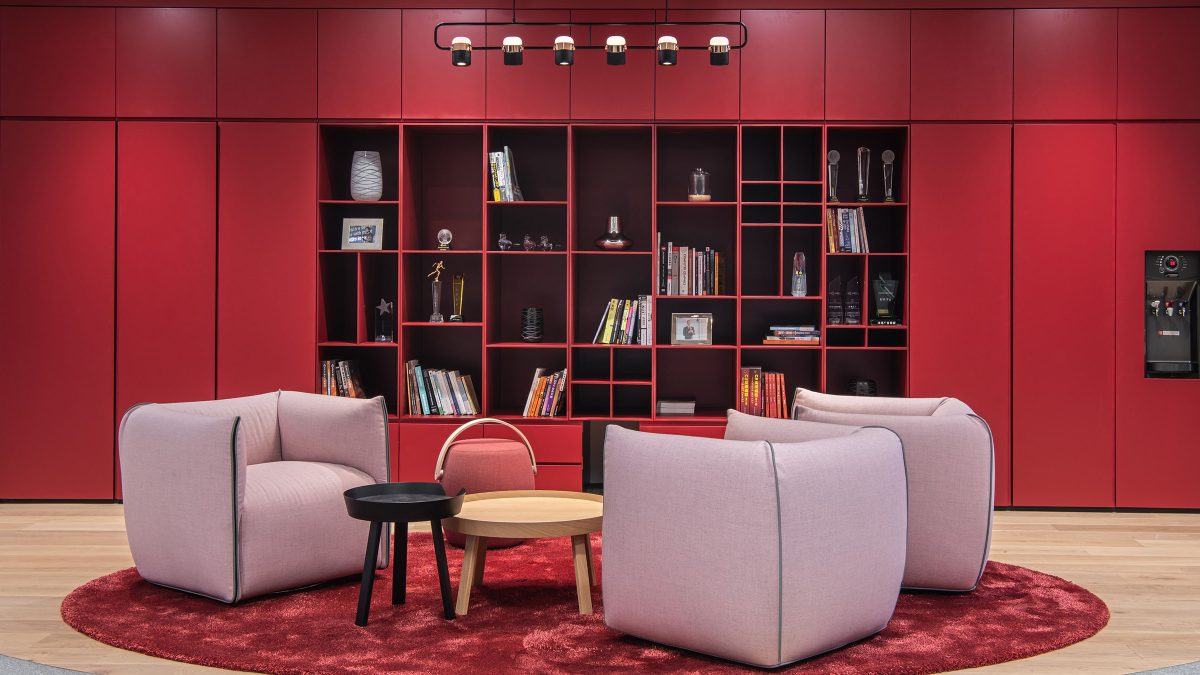
Vaastu and Feng Shui: Bridging Eastern Philosophies for Harmonious Home Design
Creating a harmonious and balanced living space is a timeless pursuit that transcends cultural boundaries. In the world of home design, two ancient Eastern philosophies have gained widespread recognition for their focus on creating harmony and positive energy within living spaces: Vaastu Shastra from India and Feng Shui from China. If you are planning to buy a new house, these philosophies can help you live a harmonious life and develop a positive environment in your home.
Let’s explore these philosophies and their core principles and understand how they can be harmoniously integrated to create a truly balanced home environment.
Understanding Vaastu Shastra
Vaastu Shastra, originating from ancient Indian texts, is a holistic science that emphasises the connection between humans and their living spaces. The fundamental principles of Vaastu revolve around achieving balance and harmony by aligning the architectural design of a home with the natural elements and cosmic energies.
Also Read: When Is the Best Time to Buy a Property?
Exploring Feng Shui Principles
Feng Shui, meaning “wind and water,” is a Chinese philosophical system that focuses on harmonising individuals with their surroundings to promote well-being and prosperity. The core principles of Feng Shui revolve around creating balance, harmony, and positive energy flow within living spaces.
Bridging Vaastu and Feng Shui
While Vaastu Shastra and Feng Shui originate from different cultural backgrounds, they share common themes of harmony, balance, and positive energy flow. Integrating these philosophies in home design involves understanding their core principles and finding synergies to create a harmonious living space.
Here are some tips for bridging Vaastu and Feng Shui in home design:
- Balance of Elements: Incorporate elements from both Vaastu (earth, water, fire, air, space) and Feng Shui (wood, fire, earth, metal, water) to achieve a balanced energy flow within the home.
- Natural Light and Ventilation: Maximise natural light and ventilation in your home, as both Vaastu and Feng Shui emphasise the benefits of natural elements in creating a healthy and harmonious environment. You can look for apartments or properties that are well-ventilated and have balconies and windows for maximum natural light in the house. You can check out Sensorium Hinjewadi by Shapoorji Pallonji Real Estate in Pune for such apartments.
- Color and Decor: Use colours and materials that resonate with both Vaastu and Feng Shui principles. For example, earthy tones promote stability and grounding, while vibrant colours can energise and uplift spaces.
- Clutter-Free Spaces: Both Vaastu and Feng Shui emphasise the importance of decluttering and maintaining organised spaces to allow energy to flow freely.
- Orientation: Align the main entrance and key rooms of the house according to Vaastu principles while considering the Bagua Map in Feng Shui for optimal placement of furniture and decor items.
By embracing the complementary aspects of Vaastu Shastra and Feng Shui, homeowners can create living spaces that not only look aesthetically pleasing but also foster a sense of balance, well-being, and positive energy—a true harmonisation of Eastern philosophies in modern home design. Also, if you are looking for a well-designed and built home, consider checking out properties by Shapoorji Pallonji Real Estate, such as Joyville Virar in Mumbai and more. They offer great amenities with a peaceful location and various facilities nearby. Good Luck, and Have a happy house hunt!


